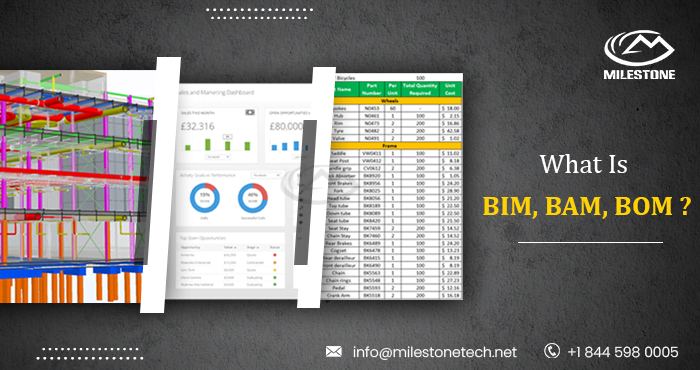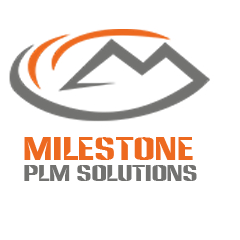What is BIM BAM BOM
BIM (Building Information Modeling) is a digital representation of the physical and functional characteristics of a building. BAM (Building Asset Management) and BOM (Bill of Materials) are related concepts in construction and engineering.
In the dynamic realm of engineering and construction, staying abreast of the latest technologies is paramount. Building Information Modeling (BIM), Building Asset Management (BAM), and Bill of Materials (BOM) are crucial concepts that have revolutionized the industry, streamlining processes, enhancing collaboration, and optimizing project outcomes.

I. Building Information Modeling (BIM):
Building Information Modeling (BIM) is a comprehensive digital representation of the physical and functional characteristics of a building or infrastructure. It goes beyond traditional 2D drawings by incorporating 3D models, data-rich information, and collaborative tools. BIM acts as a centralized hub, bringing together architects, engineers, contractors, and other stakeholders throughout the project lifecycle.
1. 3D Modeling and Visualization:
BIM allows professionals to create detailed 3D models of structures, providing a visual representation of the entire project. This aids in better communication and understanding of design intent, reducing errors and misunderstandings.
2. Data Integration:
BIM isn't just about visuals; it also incorporates a wealth of data related to the project. This data can include material specifications, cost estimates, construction schedules, and maintenance information. Integrating this data streamlines decision-making processes and enhances overall project efficiency.
3. Collaboration and Coordination
One of BIM's primary strengths lies in fostering collaboration among multidisciplinary teams. Architects, structural engineers, MEP BIM Services professionals, and contractors can work concurrently on the same model, minimizing conflicts and optimizing design solutions.
II. Building Asset Management (BAM):
Building Asset Management (BAM) shifts the focus from the construction phase to the operational phase, emphasizing the efficient management of a built environment throughout its lifecycle. BAM ensures that the facility performs optimally, meets regulatory requirements, and provides a comfortable and safe environment for occupants.
1. Lifecycle Management:
BAM considers the entire lifecycle of a building, from design and construction to operation and maintenance. It involves strategies for managing assets efficiently, extending their lifespan, and maximizing their performance.
2. Performance Monitoring:
Monitoring the performance of building assets is a key aspect of BAM. This includes tracking energy consumption, equipment efficiency, and overall facility performance. By leveraging data and analytics, BAM enables proactive maintenance, reducing downtime and operational costs.
3. Occupant Comfort and Safety:
BAM places a strong emphasis on creating environments that prioritize occupant comfort and safety. Through real-time monitoring and feedback systems, building managers can adjust settings to optimize conditions and respond promptly to any issues.
III. Bill of Materials (BOM):
The Bill of Materials (BOM) is a comprehensive list of all the materials, components, and assemblies required to manufacture or construct a product. In the context of construction and engineering, a BOM provides a detailed breakdown of the materials needed for a project, facilitating accurate cost estimation, procurement, and construction planning.
1. Cost Estimation and Budgeting:
A well-structured BOM is instrumental in accurate cost estimation. It breaks down the project into components, enabling precise budgeting and cost control. This is crucial for avoiding budget overruns and ensuring financial viability.
2. Procurement Planning:
BOM aids in the procurement process by specifying the exact materials needed for the project. This enhances efficiency in the supply chain, minimizes delays, and ensures that the right materials are sourced at the right time.
3. Construction Planning and Execution:
During the construction phase, the BOM serves as a roadmap for project execution. It helps in organizing and scheduling construction activities, ensuring that the necessary materials are available when needed. This contributes to timely project completion.
Conclusion:
In the rapidly evolving landscape of engineering and construction, embracing technologies like BIM, BAM, and BOM is no longer a choice but a necessity. These concepts, when integrated seamlessly, empower professionals to deliver projects more efficiently, sustainably, and with a focus on long-term performance. As the industry continues to advance, staying informed about these tools becomes pivotal for those committed to delivering excellence in engineering services.












